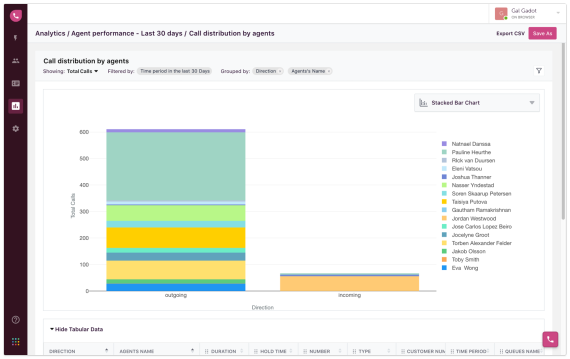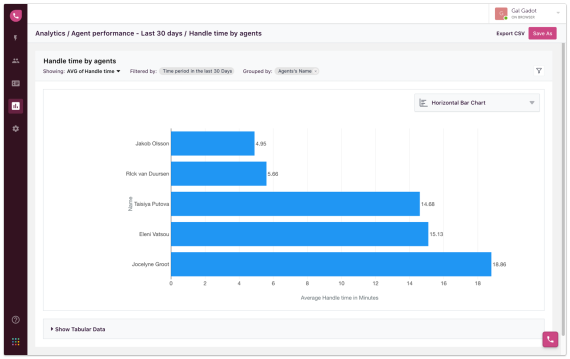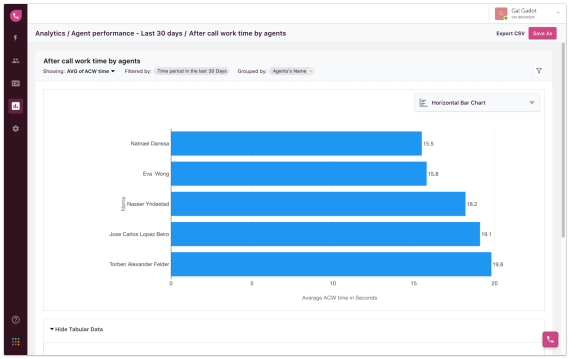As much as the growth of your business is the litmus to success of your strategy, most businesses falter and stagnate after the first spell of exponential growth. While trying to understand why such a trend has become common sight in recent times, most of the analysis points towards dwindling customer satisfaction. Unhappy customers eventually cause a significant amount of churn. One of the best ways to keep customers consistently satisfied is to make sure that the agents helping them don’t lose interest and motivation at work. While there may be a dozen reasons why agents don’t perform their best, as a call center admin, you need to constantly identify the bottlenecks and motivate your agents on the big picture and how, what they do is a great value add. And the best way to do this is by giving them constant feedback and guidance to become better versions of themselves month over month with their performance metrics.




